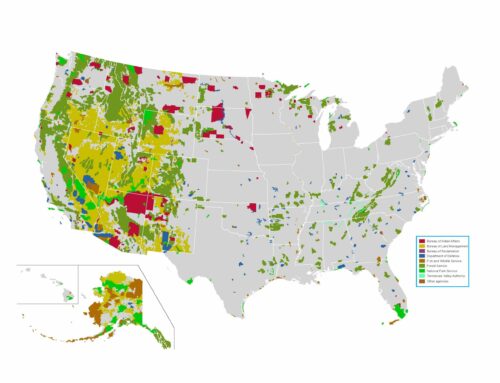by Greg Walcher, E&E Legal Senior Policy Fellow
As appearing in the Daily Sentinel
In 2019 the City Manager of Scottsbluff, Nebraska proudly cut the ribbon on a huge, multimillion-dollar, 5.2 megawatt solar farm of over 14,000 photovoltaic panels, saying, “This project will help the city achieve its goal to reduce our carbon footprint and stabilize city costs for the next 25 years.”
That dream lasted less than four years. In June a massive hailstorm ripped through the area and destroyed the facility in about 10 minutes. The solar panels were said to be hail-proof, but clearly they were not. And there is no available recycling facility to handle the toxic mess left in the storm’s wake, a sobering wakeup call to hundreds of cities similarly vulnerable.
It was a sobering moment for many of us who dream of being able to generate the world’s electricity without mines or power plants. Maintaining our lifestyles with power generated out of thin air has always sounded appealing. In fact, it has become official public policy in nearly every state and country, so it’s more than just a dream. Way more.
BloombergNEF, perhaps the world’s primary information source on “trends that drive the transition to a lower-carbon economy,” recently published data showing that over the past 18 years global spending on wind and solar power has exceeded $4 trillion.
It’s hard to imagine that such massive worldwide commitments have failed to change the economics of renewable energy, but that is precisely what the data suggests. During the same 18-year period, hydrocarbon use increased more than three times faster than use of wind and solar power. Despite the $4 trillion spent on wind and solar, they still account for only 5% of the world’s energy use. Hydrocarbons (coal, oil, and gas) are still over 80%, while the remaining share provided by nuclear, biomass, and hydropower actually decreased from 14% to 13%.






